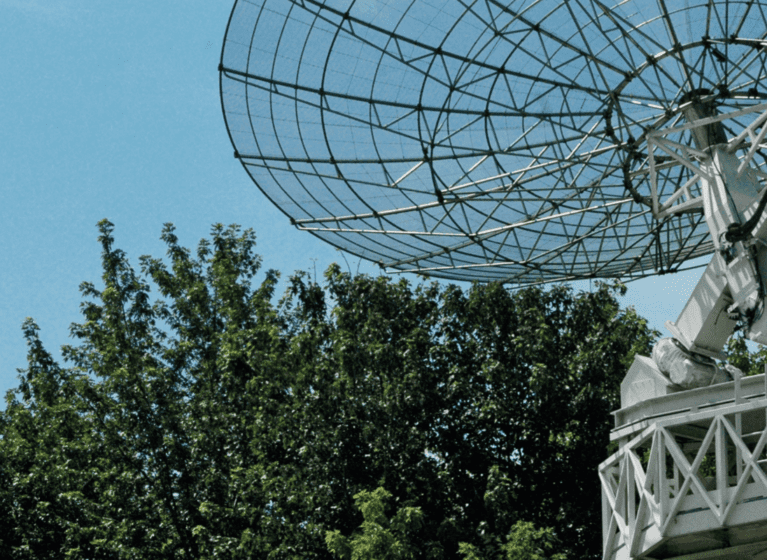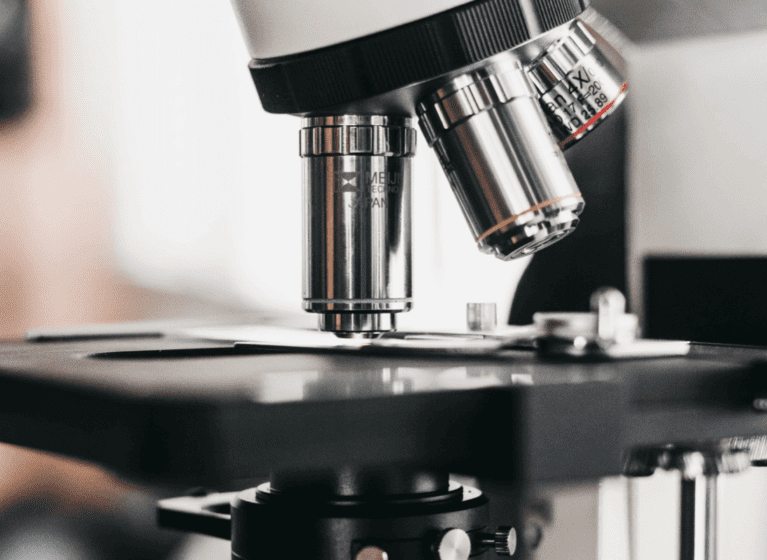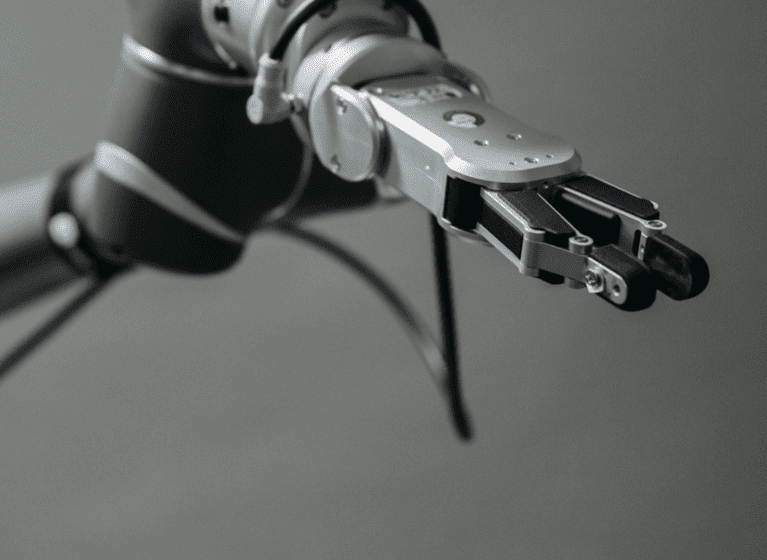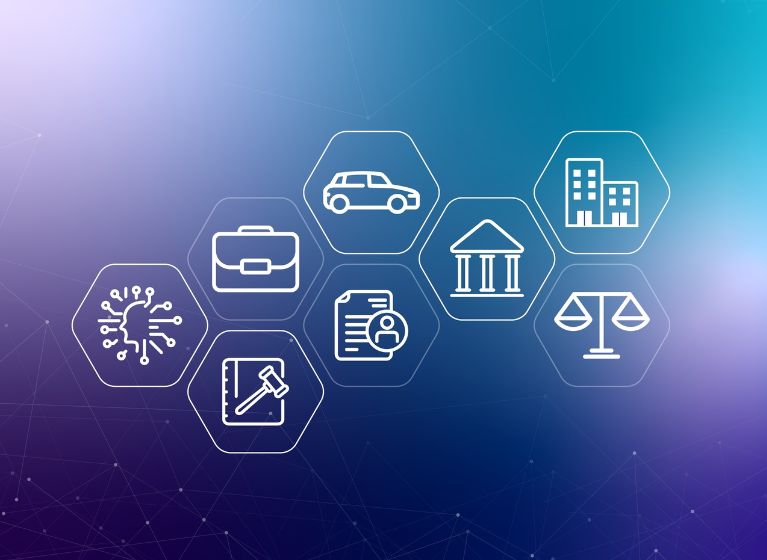Continuing our series of articles on intellectual property, below discusses how advances in artificial intelligence (AI) in the medical field can be protected. This article was originally published by the Australian Society for Biochemistry and Molecular Biology.
While the use of AI in medicine has a long history, the last few years have seen an explosion in interest and investment in this field of technology. AI, and in particular, ‘machine learning’, is being applied to develop new products and processes for use in both medical research and clinical practice. Patents are the classic species of intellectual property rights used to protect medical innovations such as new pharmaceuticals, genetic technologies and medical devices. However, when it comes to protecting AI-related innovation through the patent system, certain challenges remain. This article will examine the latest applications of AI in medicine and provide guidance for identifying aspects of AI projects that may be protectable by patents.
AI and machine learning
The term ‘artificial intelligence’ was coined in 1956 to refer to computer programming techniques that seek to mimic human intelligence. During the 1960s and 1970s, AI progressed into the development of ‘expert systems’, where computers were programmed to simulate the decision-making processes of human experts. Such systems were the first to apply AI to the realm of medicine by designing computer programs that would assist in the process of medical diagnosis.
The 1980s and 1990s saw the development of a new approach known as ‘artificial neural networks’. These are a network of computing units that are connected and controlled in a manner that (supposedly) resembles the neurons in the human brain. Each neuron performs a small computational task (typically matrix multiplication) and communicates its results to other neurons. In contrast to earlier approaches, the logical rules are not ‘manually’ coded into the system. Instead, the artificial neural network derives the rules itself (and thus ‘learns’) from a large dataset that is input to the system.
After a surge of interest, artificial neural networks fell out of favour by the end of the 1990s. However, starting in the early-2010s with some well-publicised advances in artificial neural network-assisted language translation, strong interest in the technology returned. The interest and investment remains very much in place today, no more so than in the field of medicine.
‘Deep’ networks (that perform ‘deep learning’) are one of the key technical breakthroughs underlying modern artificial neural networks. In contrast to the flat topology of earlier approaches, deep learning networks are arranged in layers, each of which contains several thousand neurons. The first layer is fed with a large input dataset that contains examples of the phenomenon that the network is to model. In the medical domain, the input dataset could be any form of biomedical data, such as medical images with particular features, symptoms and associated diagnoses, candidate drug compounds and/ or genomic data.
The system connects the neurons in the layers to perform a structured sequence of computations that define a model that can be used to make predictions from input data. The robustness of the model is tested by running the input dataset through the neural network and determining how well it performed its task. Any deficiencies in the model are used to rearrange the connection patterns between the neurons and thereby improve the model’s accuracy. Once the model converges to a desired level of accuracy (which may involve many iterations), the artificial neural network is evaluated by processing a new dataset of unseen values. This provides an indication of how the model might perform in the real world when processing data on which it has not been trained.
Protecting AI innovations
With the increase in the availability of medical imaging, biomedical, genomic and epidemiological datasets, deep learning techniques are being harnessed to develop solutions across a range of medical domains. Radiology is a natural application, where artificial neural networks can be readily trained with medical imaging datasets to be able to recognise and essentially diagnose diseases captured in an image. In this regard, machine learning algorithms are increasingly being integrated into the workflow of radiology software to assist clinicians.
More ambitiously, AI is being used in the task of drug discovery. In this application, the artificial neural network is trained with suitable biomedical data in order to:
- Identify previously unknown disease mechanisms and/or pathways;
- Identify potential treatments on the basis of the determined mechanisms; and
- Generate more predictive hypotheses based on patient-driven biology and genetic profiles.
However, these new approaches beg the question about what aspects of an AI project are potentially protectable through the patent system. In this regard, it is a cardinal requirement before a patent will be granted that there is a new and non-obvious invention. Inventions involving new algorithms and computer software also tend to be carefully scrutinised for compliance with the requirement of ‘patentable subject matter’. In common with patents for certain classes of diagnostic method, AI patents are sometimes rejected as being directed to a scientific discovery rather than to a human-made invention.
While merely training an artificial neural network on a new dataset is in itself unlikely to constitute a patentable invention, there is still broad scope for securing protection over other aspects of an AI project. For example, changes made to the mathematical underpinnings of an artificial neural network – such as to improve its performance with particular types of biomedical data – are potentially patentable. Indeed, it was the development of new underlying algorithms (and especially in the field of back-propagation) that drove the breakthroughs in deep learning technologies in the early 2010s.
Another area of potentially patentable technology is the development of artificial neural networks that generate the initial training datasets that are used by other neural networks. This can be particularly important in the investigation of rarer diseases and disease pathways for which definitive datasets may not be available. Techniques for ‘conditioning’ biomedical data to make it more amenable to serving as training data for an artificial neural network are also potentially patentable. In this regard, mathematical techniques to automatically classify and label digital images, videos, audio or speech signals based on low level features, could form the subject of a patentable invention.
Finally, there is broad scope for patentable invention to arise when AI systems are interfaced with other medical equipment and devices. For example, use of a neural network in a heart-monitoring apparatus, or to drive digital imaging systems, has the potential to be patentable.
AI as an inventor
A recent issue that has arisen is whether an ‘AI’ can make inventions itself, and thus should be named as such on a patent application. Attempts have already been made to file patent applications in the name of an AI inventor, however these have been rejected by the UK and US patent offices. The UK Intellectual Property Office has also now issued updated guidance to the effect that any patent application which names an AI as the inventor will not be accepted, as the inventor must be ‘a person’.
The European Patent Office has also weighed into the issue by releasing guidance observing that AI systems ‘at present’ have no rights, and that ‘no … law has [yet] been determined which would recognise… an AI… as an inventor’. However, the EPO did not go so far as to say that it would be impossible for any AI to be recognised as an inventor in the future.
Conclusions
In light of the substantial investment involved in building and deploying AI in a research or clinical context, careful consideration should be given to protecting as much of the underlying technology as possible. This requires a sharp focus on the innovative aspects of the technology –either in the AI itself or in its integration with other systems and equipment – to ensure that commercially valuable patent rights are sought. In addition, if the technology encompasses new algorithms, to head off an objection that the application is not directed to patentable subject matter, it is important to include extensive disclosure of the practical applications for the new algorithms.
Please contact us for additional information.







